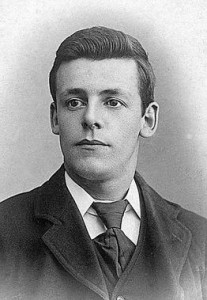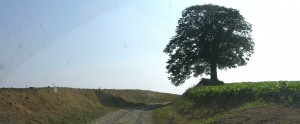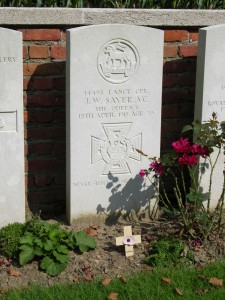John William Sayer VC

Lance Corporal John William Sayer VC
8th Battalion The Queen’s (Royal West Surrey Regiment)
(Wiki Image)
Le Verguier, France: Action of 21 March 1918
NEVER SHALL HIS MEMORY FADE
For most conspicuous bravery, determination and ability displayed on the 21st March, 1918, at Le Verguier, when holding for two hours, in face of incessant attacks, the flank of a small isolated post. Owing to mist the enemy approached the post from both sides to within 30 yards before being discovered. Lance-Corporal Sayer, however, on his own initiative and without assistance, beat off a succession of flank attacks and inflicted heavy casualties on the enemy. Though attacked by rifle and machine-gun fire, bayonet and bombs, he repulsed all attacks, killing many and wounding others. During the whole time he was continuously exposed to rifle and machine-gun fire, but he showed the utmost contempt of danger and his conduct was an inspiration to all. His skilfull use of fire of all descriptions enabled the post to hold out till nearly all the garrison had been killed and himself wounded and captured. He subsequently died as a result of wounds at Le Cateau [18 April 1918].
A day before arriving at Le Cateau Cemetery we wandered through Ulster Tower, the nearby battlefield park, and afterwards Lochnagar Crater filled around its perimeter and at its cross with poppy commemorations. These are not unvisited lands…they…(we)…come here often, students, pilgrims, researchers, family, the interested. (we are all of these). This was one day when we also visited the German Great War Cemetery at Fricourt (17,000 burials) finding crosses and tablets with stones set upon the markers of German Jewish veterans…Wolff, Müller. Weissmann, and Zürndorfer…there may well be others here amongst fellow German non-Jewish veterans Hees, Hillug, Theile. Schaible and Baur. Leaving here we turn to a lasting memory of the Devonshire Cemetery…The Devonshires Held This Trench. The Devonshires Hold It Still…Our day maintained its forward movement…to several sites until time to rest at Auchonvillers in the Avril Williams Guesthouse and Tea Rooms.
Fed and watered and well rested…our new day brought us to Le Cateau…as we drove along the sunken road the lone tree at Le Cateau came into view…the site of the 1914 rearguard action. Here was 1914…the Old Contemptibles of the British Expeditionary Force…the 26 August 1914 2nd Battalion Suffolk Regiment Memorial…Le Cateau German Military Cemetery (over 5,000 burials) and alongside – the Commonwealth burials numbering nearly 700 graves. It is here against the wall, with tall, green leaves and stalks with golden tassels and silk behind the perimeter that John William Sayer VC is buried. Sayer’s actions were made on the first day of the German spring offensive, the Kaiserschlacht, 21 March 1918. Sayer was wounded, captured and died of wounds near a month later…18 April 1918…these are not unvisited lands.
Helpful Link
The Queen’s Royal West Surreys

The lone tree of Le Cateau. Taken within the car on the sunken road.
(P. Ferguson image, September, 2006)


Comments